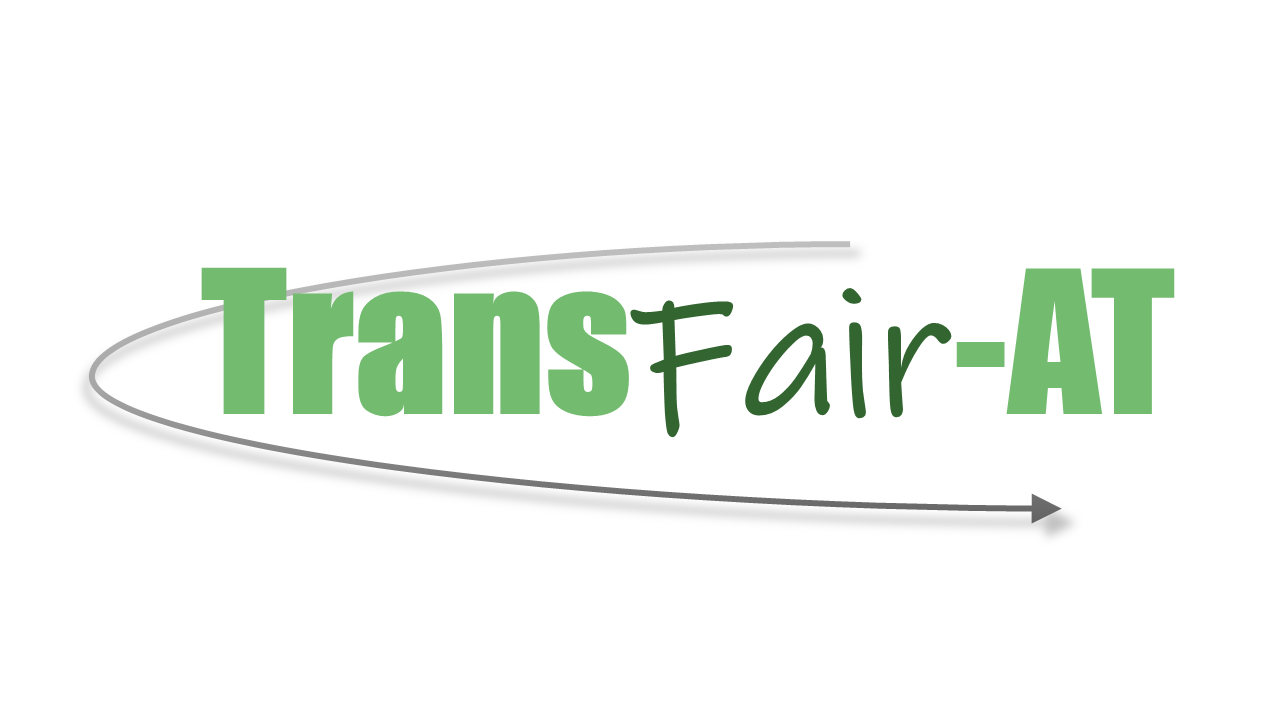DYNK
The macroeconomic DYNK (Dynamic New Keynesian) is a hybrid between an econometric Input-Output (IO) and a CGE model. The model describes the interlinkages between 74 NACE industries and covers single country economies (in this case Austria). Private households are distinct in 15 categories (income quintiles x regional structure) that are represented by their specific consumption pattern (47 consumption categories (COICOP)) as well as their sources of disposable income. The consumption of durable, non-durable commodities as well as energy goods are modelled separately.
In the long-run, parts of the model work similar to a CGE model. The term "New Keynesian" refers to the existence of a long-run full employment equilibrium, which – starting off from an unemployment equilibrium – will not be reached in the short run, due to institutional rigidities. The model is linked to energy statistics and is able to link sectoral activities to final energy demand, process CO2 emissions and energy related CO2 emissions and has been extensively used for policy analysis.
A detailed description of the DYNK model is provided e.g. in Kirchner et al. 2019.
.png)
In TransFair-AT, DYNK is linked to the Invert-EE/Lab model, and MARS, a car fleet stock-flow model.






